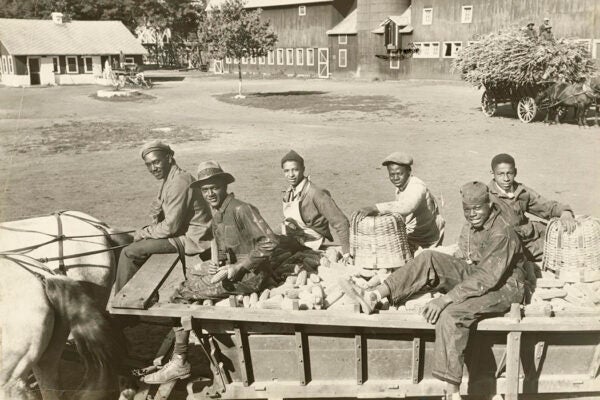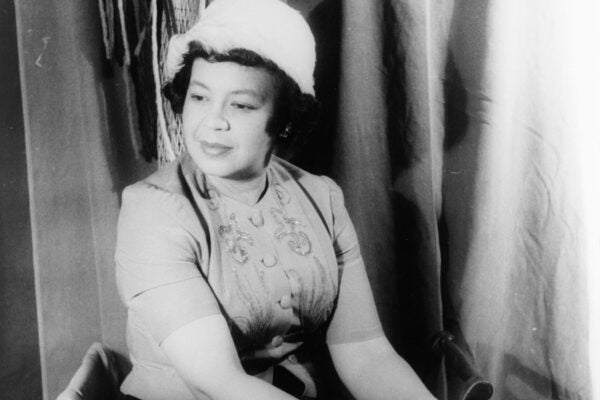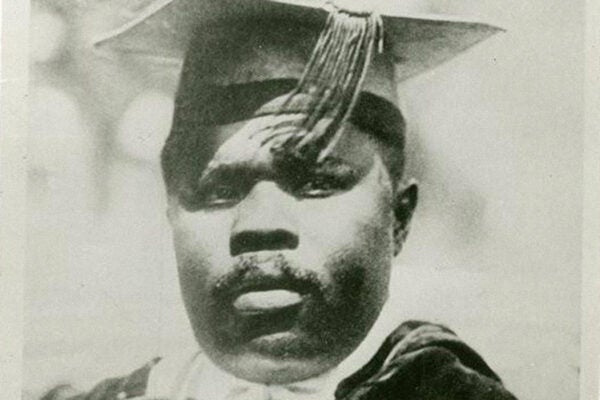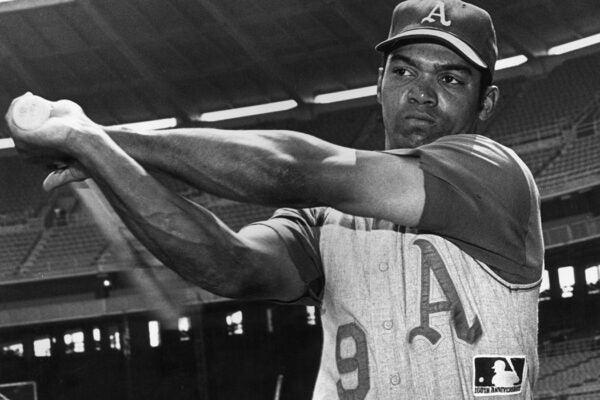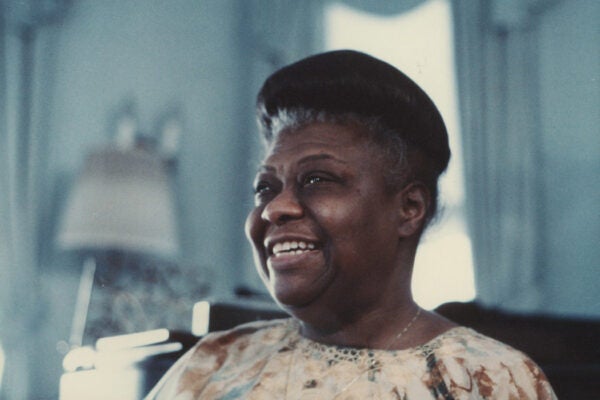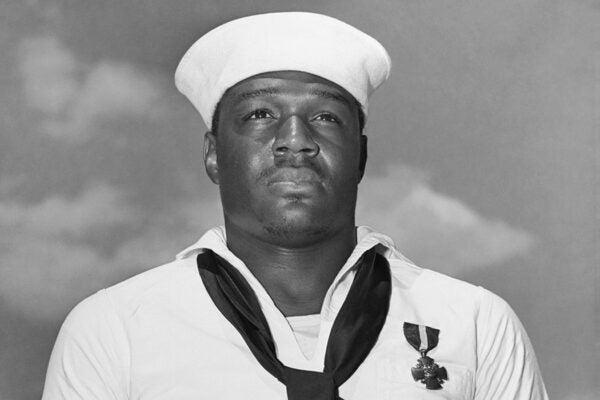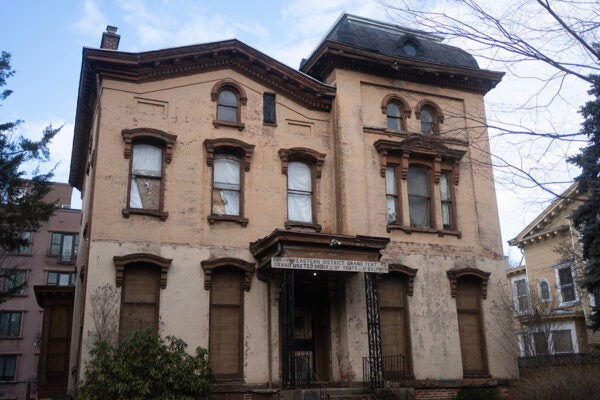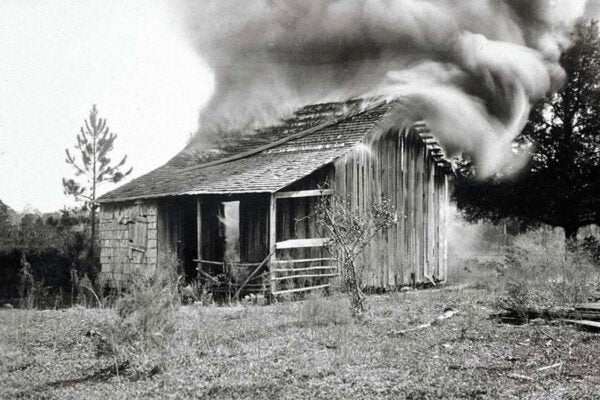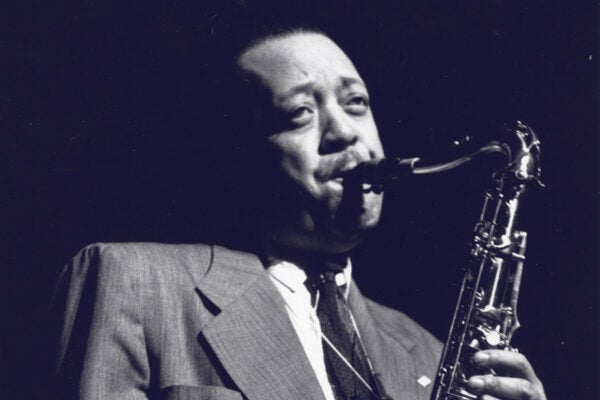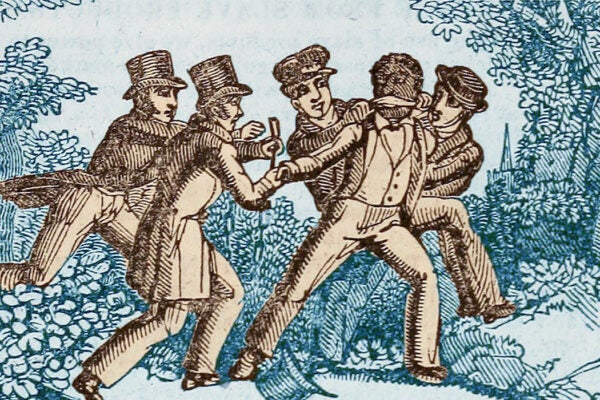Even the Best Jim Crow School…Was Still a Jim Crow School
Before Brown v. Board of Education, Black activists split between integrationist and separatist factions, particularly at New Jersey’s Bordentown School.
Keeping Scores: Unearthing the Works of Black Women Composers
Black women composers have been active in the US since at least the mid-nineteenth century, yet they’re largely omitted from scholarship on women musicians.
Marcus Garvey and the History of Black History
Long before the concept of multicultural education emerged, the United Negro Improvement Association pushed for the teaching of Black history and culture.
Reggie Jackson Superstar
Clutch hitter Reggie Jackson dominated baseball in the 1970s as a “Me Decade” athlete who became one of the first sports super-celebrities.
Elma Lewis: Boston’s Doyenne of Black Culture
An activist and and educator, Lewis created myriad cultural, educational, and social programs to build community and connections for Boston’s Black residents.
Remembering Doris Miller
Following his actions at Pearl Harbor, Messman Doris Miller was the first Black sailor to be honored with the Navy Cross—but only after political pressure.
Secret Societies and the Fight for Black Freedom
Dating to the pre-Revolutionary era, mutual aid and benevolent societies supported Black Americans and the fight for civil rights and justice.
Remembering the Rosewood Massacre
On January 1, 1923, Rosewood, Florida, was a thriving town of mostly African American residents. Seven days later, it was gone, burned to the ground by a white mob.
The Scholars Charting Black Music’s Timeline: Douglas Henry Daniels & Paul Austerlitz
Daniels and Austerlitz tell the story of jazz, from its origins in the blues, gospel, and funk to its impact on music around the world.
Kidnappers of Color Versus the Cause of Antislavery
Thousands of free-born Black people in the North were kidnapped into slavery through networks that operated as a form of “Reverse Underground Railroad.”
